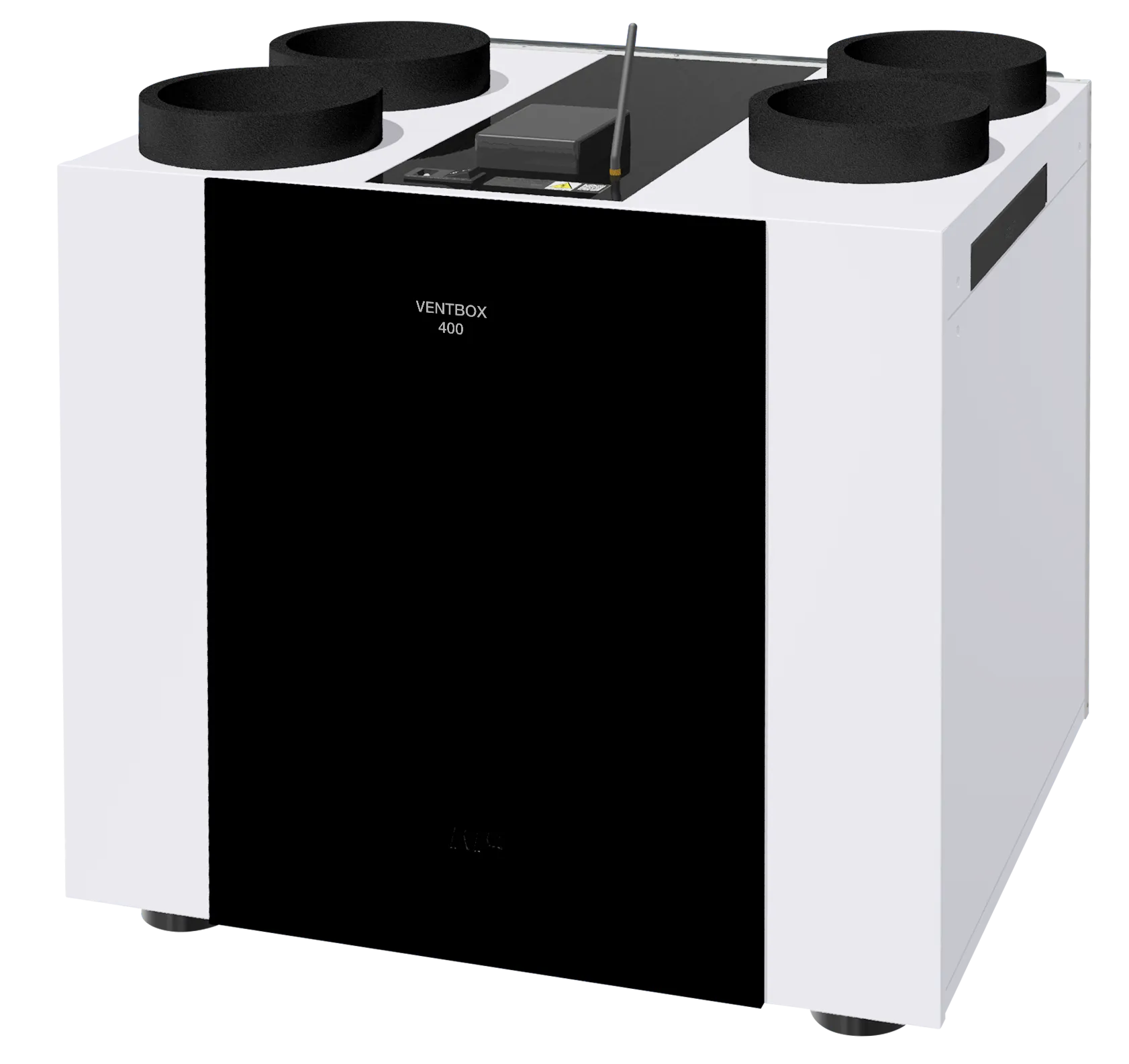Radon is a naturally occurring radioactive gas produced by the decay of uranium in the soil. It enters buildings from the ground and tends to accumulate on ground floors and in basements. Long-term exposure to elevated concentrations increases the risk of lung cancer. As radon is invisible, odourless, and tasteless, it can only be detected through measurement. Its presence is assessed based on activity concentration (OAR) and compared against hygienic regulatory limits.
How radon enters our homes
Gaps around pipes
Another potential risk area is gaps around water, electricity, or sewage pipes that are not properly sealed, which may allow unwanted gases to enter living spaces.
Joints and cracks
Joints between different parts of the building—such as where the foundations meet the exterior walls—are another potential weak spot.
Covered spaces and basements
Underground parts of buildings are particularly prone to radon accumulation, as they are in direct contact with the soil where radon is naturally released, increasing the risk of elevated concentrations.
Groundwater
In some areas, radon is also present in water, particularly in water drawn from deep wells. Using such water can release radon into the air, contributing to increased indoor concentrations.
Building materials
These include materials commonly used in older residential construction, where building components with higher uranium content—particularly radium—were often present. This elevated content may originate from natural sources (e.g., granite) or technological sources (e.g., slag, fly ash).
Radon penetration and flow vary throughout the year due to external factors such as snow, ice, wind, rain, and temperature. As a result, different seasons can exhibit varying radon levels. The most significant influence on radon intake is the so-called chimney effect, whereby the building actively draws radon from the ground. This effect intensifies with increasing differences between indoor and outdoor temperatures, leading to higher negative pressure inside the building.
Health risks associated with radon
Radon is the second most common cause of lung cancer after smoking. When inhaled, radioactive particles settle in the lungs and damage lung tissue, which over time can lead to the development of cancer. Long-term exposure to high concentrations of radon significantly increases the risk of illness.
The World Health Organization (WHO) estimates that radon is responsible for 14% of all lung cancer cases annually. In Europe, radon contributes to approximately 20,000 deaths per year from this disease.
Safe radon concentration
Radon is measured in becquerels per cubic metre (Bq/m³). The World Health Organization recommends keeping radon concentrations below 100 Bq/m³, as the risk of health problems begins to increase above this threshold.
In the Czech Republic, the reference value is set at 300 Bq/m³. This means that if a higher concentration is measured in a household, steps should be taken to reduce the level.
Increased radon concentration
Elevated concentrations of radon and carbon dioxide (CO₂) in a classroom or workplace can have several negative consequences for people’s health and well-being.
Risks
Health risks
Inhaling radon particles can damage lung tissue and increase the likelihood of respiratory diseases or lung cancer.
Mental and physical health
High radon levels may cause anxiety and stress over health concerns, which can affect overall well-being and productivity.
Solutions
Natural ventilation
Ensure that spaces are well ventilated. Opening windows and allowing air circulation can help reduce radon concentration.
Mechanical ventilation
Installing heat recovery systems and fans can help replace indoor air and lower radon and CO₂ levels.
Radon specialist
When radon concentration is elevated, it is important to take measures

Radon and VENTBOX ventilation units
VENTBOX heat recovery ventilation units offer an effective solution for maintaining a healthy indoor environment in homes and workplaces. These units can be equipped with a radon sensor that automatically monitors indoor radon concentrations.
Thanks to this technology, the unit can continuously and promptly respond to potential hazards associated with elevated radon levels and automatically adjust its ventilation mode, thereby reducing the risk of radon accumulation in enclosed spaces.
VENTBOX systems contribute to improved air quality and help protect the health of occupants throughout the year, ensuring a safe and comfortable indoor environment. These systems allow for efficient ventilation without the need to open windows, thereby preventing the loss of valuable indoor heat. As a result, VENTBOX enables effective control of energy consumption, monitoring of heating costs, and economical operation.
